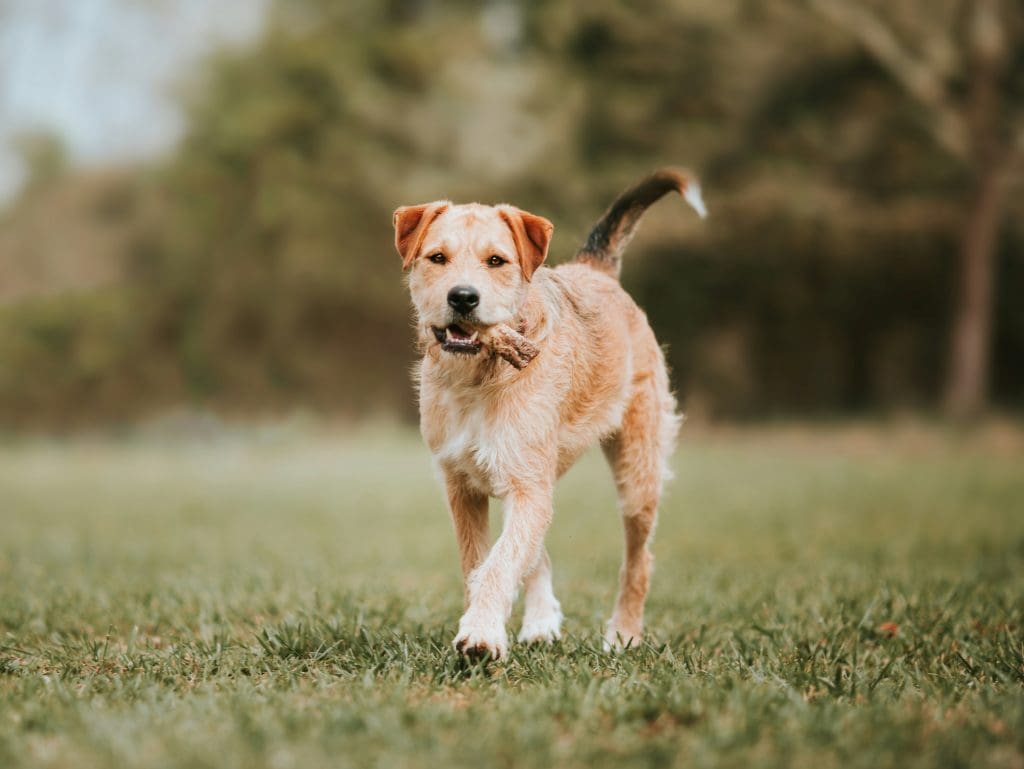Cooked vs. Raw Bones: What’s Safer?
Not All Bones Are Created Equal
If you’ve ever wondered whether a cooked chicken bone or a raw marrow bone is better for your dog, you’re not alone. The debate over cooked vs. raw bones is one of the most common—and most important—questions dog owners ask.
The truth is: raw bones are generally safer, but they still come with precautions. Cooked bones, on the other hand, can be downright dangerous.
This blog explores the real differences between cooked and raw bones, including what makes one type risky and the other more chew-friendly—if done right.
What Happens to Bones When They’re Cooked
Cooking changes the structure of bones. It makes them:
-
More brittle and prone to splintering
-
Weaker, especially in poultry and pork bones
-
Hollow inside, which can collapse under pressure
These sharp fragments are where the danger lies. Once cooked, a bone becomes a splintering hazard that can injure your dog’s mouth, throat, or digestive tract.
Risks of Giving Cooked Bones to Dogs
Cooked bones are one of the leading causes of emergency vet visits related to chewing injuries.
🚫 Here’s why:
-
Splinters can puncture the esophagus, stomach, or intestines
-
Fragments may lodge in the throat or get stuck in teeth
-
Sharp edges can cause internal bleeding
-
Swallowed chunks can lead to obstructions that require surgery
Even bones from “safe” meat like beef or lamb become dangerous once cooked. That includes:
-
Chicken legs, wings, or thighs
-
Pork ribs or chops
-
Lamb shanks
-
Roasted beef bones
📢 Bottom line: No matter the type, never give your dog a cooked bone.
Why Raw Bones Are Considered Safer
Raw bones don’t splinter as easily as cooked ones. They tend to be more flexible and hold their structure during chewing.
✅ With supervision, raw bones can:
-
Help clean your dog’s teeth naturally
-
Satisfy chewing urges
-
Provide minerals like calcium and phosphorus
However, raw bones come with their own risks, especially around bacteria and handling.
Types of Raw Bones for Dogs
🦴 Recreational Bones
These are large bones meant for chewing—not eating. Think marrow bones, knuckle bones, or femur sections from beef.
Best for:
-
Medium to large dogs with strong jaws
-
Short, supervised chew sessions
⚠️ Avoid giving marrow bones to aggressive chewers as they may crack teeth.
🦴 Raw Meaty Bones (RMBs)
These are raw bones that have some meat still attached—like raw chicken necks, wings, or beef ribs. Some people feed these as part of a raw diet.
Only offer if:
-
Your dog is used to eating raw
-
You’ve cleared it with your vet
-
You supervise chewing carefully to avoid swallowing large pieces
Precautions for Raw Bones
Even though they’re safer than cooked, raw bones still require caution:
🧼 Clean handling: Wash hands and clean surfaces after contact
🧊 Freeze or refrigerate bones to prevent spoilage
📏 Size matters: Bones should be larger than your dog’s mouth to prevent swallowing
⏱️ Time it: Limit chew time to 15–20 minutes
🚮 Discard when chewed down or dried out
👀 Always supervise your dog while they chew
When Raw Bones Aren’t a Good Idea
Skip raw bones if:
-
Your dog is immunocompromised
-
They have a history of pancreatitis, dental issues, or digestive sensitivity
-
You have small children or elderly people in the house (due to bacteria concerns)
-
You can’t supervise or safely store the bones
Talk to your vet before introducing raw bones, especially if you’re feeding raw for the first time.
Alternatives to Consider
If raw bones make you nervous or just aren’t a fit for your lifestyle, you can try:
-
Rubber toys like KONGs
-
Synthetic chews (nylon, non-toxic rubber)
-
Dental treats
-
Dehydrated options like antlers, bully sticks, or yak chews
We’ll explore these options more in Blog 4: The Best Bone Alternatives for Dogs.
Conclusion: Raw > Cooked—But Not Risk-Free
While cooked bones should never be given to dogs due to their dangerous tendency to splinter, raw bones may be acceptable under the right circumstances—with proper size, type, and supervision.
Whether you go with raw bones or a safer alternative, the goal is the same: keep your dog happy, healthy, and safe while they chew.

